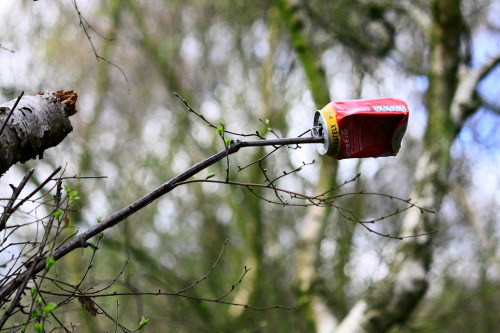RIO DE JANEIRO, Brazil (1 August, 2012)_ Scientists have called for policymakers to urgently consider the vital ecosystem functions served by forests ahead of the introduction of a set of UN goals to promote environmentally sustainable development post-2015.
Louis Verchot, director of the Forests and Environment Programme at the Center for International Forestry Research (CIFOR), said much of the focus in recent years has been on the role forests play in helping offset the amount of greenhouse gases pumped into the atmosphere by the burning of fossil fuels.
But other vital functions served by these unique ecosystems need to be integrated into political, social and economic agendas, he said. Home to millions of plant and animal species, many of them yet undiscovered, forests also provide opportunities for jobs, food and medicinal cures. During periods of extreme and unpredictable weather, forests can bring rain to drought-affected regions. As seas rise, mangroves protect crops planted along coasts from salt water infusion. And the list goes on.
“The days of forests for the sake of forests are over,” Verchot and other scientists said at a CIFOR conference on forests at Rio+20.
Rio+20 saw growing support for the beginning of a process to define a series of universal Sustainable Development Goals (SDGs), with a view to implementation following the expiration of the Millennium Development Goals in 2015.
The purpose of SDGs is to address the broad challenges of poverty eradication, environmental protection and sustainable consumption and production. While current suggestions include forests, more needs to be done to ensure that they are also integrated into other sustainable development agendas such as food security and energy development, scientists said.
They pointed to examples from Asia to South America and beyond.
Indonesia — where serious discussions are being held on ways to achieve sustainable development while maintaining the functions of forests and reducing deforestation rates — accounts for a nearly a quarter of the world’s mangroves, the most carbon-rich forests in the tropics.
These woody wetlands contain 1,023 Mg of carbon per hectare, according to a recent CIFOR study.
But the sprawling archipelagic nation continues to lose 6 percent of its mangroves every single year, due to large-scale drainage, burning and land-conversion.
The world loses biodiversity and carbon storage capacity in the process, Verchot said. But the threat to coastal communities is perhaps more direct: As seas rise, crops risk being inundated by salt water, taking away food and threatening livelihoods.
“Less land will be available for production, and less land will be available to support the fisheries and other activities important to people living inland who seasonally use these areas,” he said.
Likewise, Carlos Nobre, National Secretary of the Brazilian Ministry of Science, Technology and Innovation, pointed to ways in which Amazonian forests help control the weather in the region, releasing water pulled from the soil and caught on leaves, and releasing the moisture back into the atmosphere.
This process, known as evapo-transpiration, has the ability to influence rainfall patterns elsewhere.
At the same time, he stressed, in a country that has already been affected by floods, landslides and natural disasters, the role of the loss and degradation of forests needs to be carefully considered.
“I think the relationship between forests and water will become more important than the relationship between forests and carbon.”
Daniel Nepstad, International Program Director for the Amazon Environmental Research Institute (IPAM) agreed.
“We are realizing that if we just look at forests for their carbon, we are missing a whole lot.”
httpv://www.youtube.com/watch?v=fc69OtUBYE4
While there are often policy, institutional and disciplinary barriers to achieving integrated approach about natural resources, ultimately, he said, this should be the goal.
Joining the call to consider the interdependence in the ecosystems through integrated management strategies was David Allison, senior researcher at the Hungarian Academy of Sciences, noting that widespread deforestation can have an impact on water availability.
This will require coordination at different levels.
“The reduction in the evapo-transpiration of trees in one location means a reduction in precipitation in another; and land use changes in one region affect water availability, precipitation and run of water in another region.”
CIFOR’s research is supported by the CGIAR Research Programme on Forests, Trees and Agroforestry.
We want you to share Forests News content, which is licensed under Creative Commons Attribution-NonCommercial-ShareAlike 4.0 International (CC BY-NC-SA 4.0). This means you are free to redistribute our material for non-commercial purposes. All we ask is that you give Forests News appropriate credit and link to the original Forests News content, indicate if changes were made, and distribute your contributions under the same Creative Commons license. You must notify Forests News if you repost, reprint or reuse our materials by contacting forestsnews@cifor-icraf.org.
